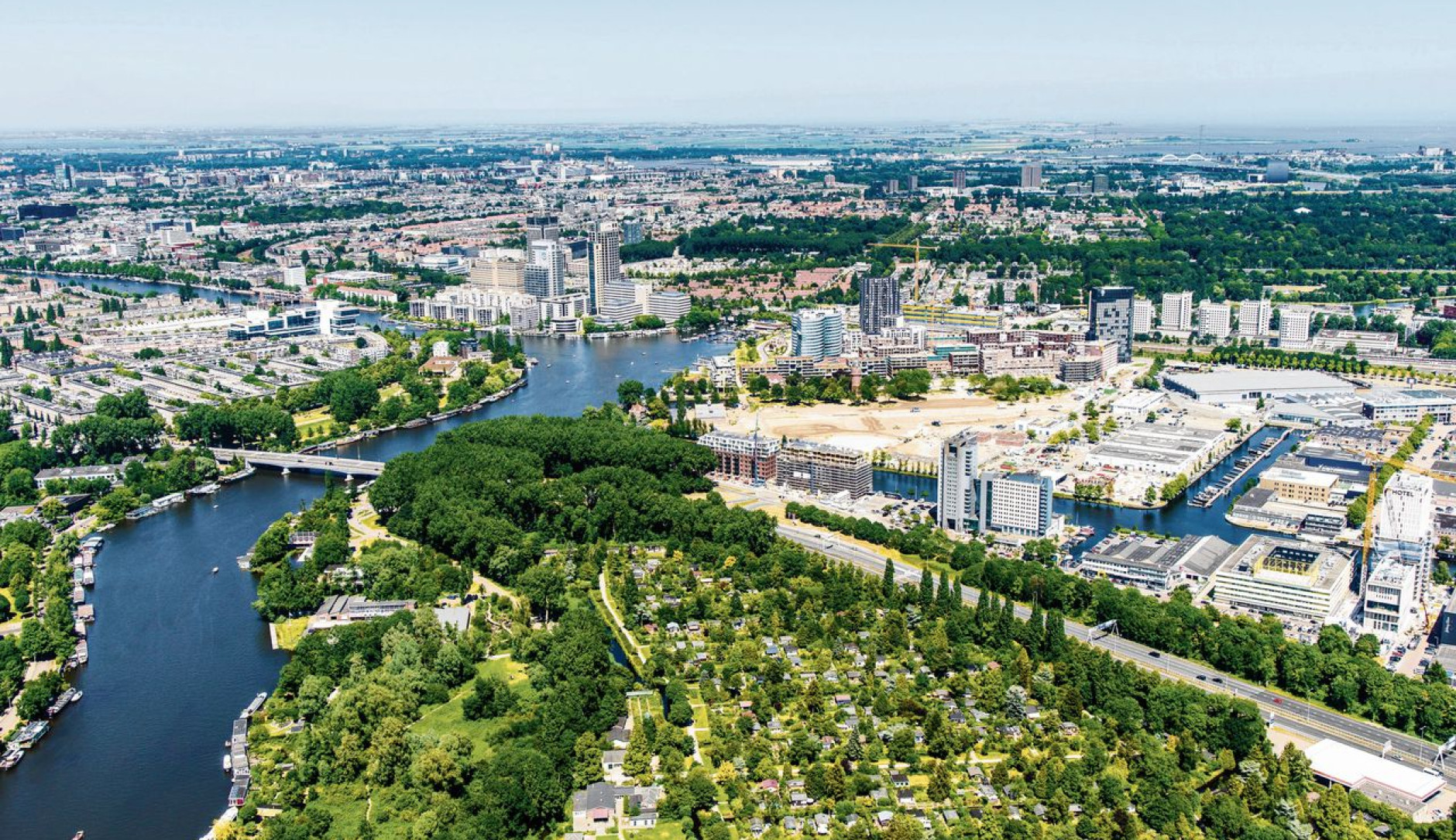Referendum Main Green Structure Policy
On June 6th, we will not only be voting for the European Parliament but also for a local referendum. This referendum asks whether you are for or against the new “Main Green Structure Policy”. This policy concerns the protection of green spaces in the city. We believe it is important that all Amsterdammers form an informed opinion. Therefore, in this blog, you will find more explanation about the referendum and our advice: vote against it!

What is the (new) Main Green Structure Policy?
The Main Green Structure Policy is a document that contains all the rules and procedures regarding greenery in Amsterdam. It describes which areas must remain green and where building is not allowed, unless an exception is made. This policy has now been updated. Thus, there are green areas added, but also exception grounds added. These exceptions are assessed by an independent committee, the Technical Advisory Committee (TAC). Their advice is not binding; the final decision rests with the college of mayor and aldermen. The TAC considers the new policy an improvement, but on the other hand, we see that the college has been ignoring many negative TAC opinions for years. The initiators of the referendum feel that there is too much room for the college to still build in the protected green areas of the city.
Poor participation, dissatisfied Amsterdammers
In our opinion, this referendum is the result of a poor participation process. This policy is an incredibly important document about how much green space there is and remains in the city; a topic that is very important to Amsterdammers. According to us, this calls for an extensive and proactive participation plan. However, the policy was only available for the legally required six weeks for public consultation. Despite this poor participation, more than 500 responses from residents and organisations were received (which is a lot for a document that is 'on display'). This should have been a sign for the college to expand participation and engage in conversation with the submitters, but that did not happen. Furthermore, many of these responses were not processed satisfactorily. Therefore, some people started the procedure to initiate a referendum. Even when 10,000 signatures were collected for a referendum, the college still had the chance to reach a compromise. Volt also asked for this in the council. Unfortunately, this did not succeed. That is why we now have a referendum. We conclude that the new policy has not been well explained or discussed with Amsterdammers, and therefore we say: back to the drawing board!
What if I vote for, what if I vote against?
First of all, the City Council decides what to do with the referendum results. But basically, with your vote you are saying the following:
If you vote FOR the new policy framework on June 6, you are voting for the new policy as it stands. No adjustments need be made then.
If you vote AGAINST it, then you are voting against the new policy and the college will come up with new policies. It will probably remain largely the same, but hopefully the concerns of the referendum petitioners will then be addressed.
Our position
We are pleased that Amsterdammers are committed to the preservation and expansion of green spaces in the city. This goal aligns with our own goals: a greener city and better protection of existing green spaces. Research shows that Amsterdam has increasingly less green space per inhabitant, and we are concerned about that. The new policy is, in that respect, a step in the right direction, but some concerns of Amsterdammers are justified. Furthermore, we see this referendum as a signal from Amsterdammers to the college that green spaces are not receiving the priority they deserve and that they want to be more involved. We hope that this referendum will prompt the college to better participate on such an important issue.
Therefore, we believe we should vote against it.